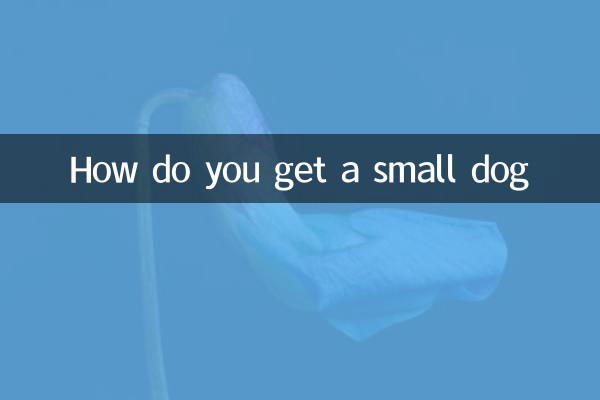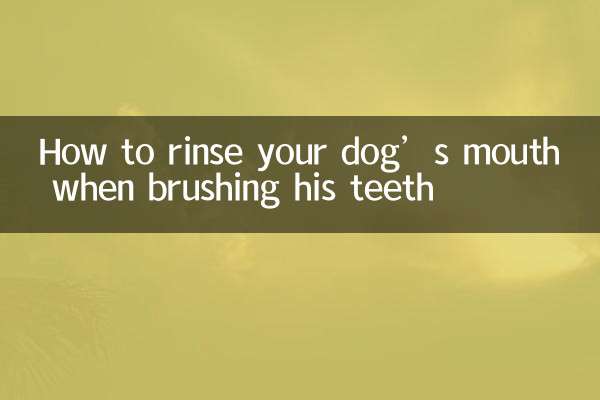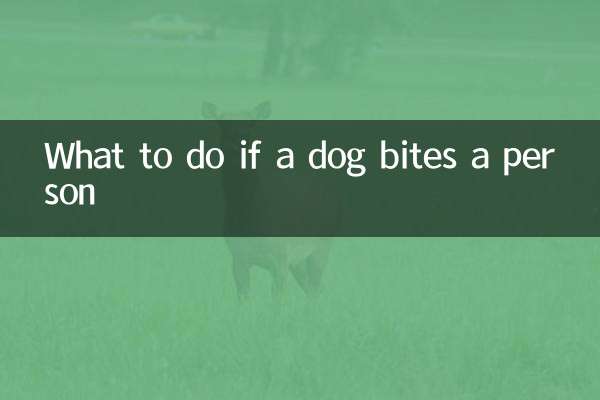How do you get a small dog
Recently, the topic of pet health has remained popular on social media, especially the discussion of "dog parvovirus". Many pet owners are full of questions about how dogs get infected with parvovirus, how to prevent and treat them. This article will combine the hot contents of the entire network for the past 10 days to analyze the infection paths, symptoms and prevention and treatment measures of dog parvovirus.
1. What is dog parvovirus?

Canine Parvovirus (CPV) is a highly contagious viral disease that mainly affects puppies and unvaccinated dogs. The virus can attack the dog's intestine and immune system, causing severe diarrhea, vomiting and dehydration, and even life-threatening.
2. How do dog parvovirus get?
Dogs are infected with parvovirus mainly through the following ways:
| Routes of infection | Specific instructions |
|---|---|
| Direct contact | Contact with dogs infected with parvovirus or dogs carrying viruses, such as sharing water bowls, toys, etc. |
| Indirect contact | Spread through the environment polluted by viruses, such as the ground, clothing, shoes, etc. |
| Maternal transmission | Unvaccinated female dogs may pass the virus to the puppies through placenta or breastfeeding. |
| Fecal transmission | The virus is spread through feces that infect dogs, and other dogs may become infected after sniffing or contacting them. |
3. Symptoms of dog parvovirus
Dogs infected with parvovirus usually show the following symptoms:
| symptom | Detailed description |
|---|---|
| Strong vomiting | Frequent vomiting may contain yellow bile. |
| Severe diarrhea | Diarrhea is watery or bloody, accompanied by a foul smell. |
| Loss of appetite | Refuse to eat and drink completely. |
| Depressed | The dog is listless and unwilling to move. |
| Heat or low temperature | Abnormal increase or decrease in body temperature. |
4. How to prevent and treat dog parvovirus?
Key measures for preventing and treating parvovirus are as follows:
| measure | Specific content |
|---|---|
| Regular vaccination | Puppies should start vaccinating parvovirus vaccine at 6-8 weeks of age and complete subsequent booster injections on time. |
| Keep your environment sanitation | Regularly disinfect the living environment of dogs to avoid virus residues. |
| Avoid contact with sick dogs | Avoid taking dogs to public places or contacting dogs with other unknown health conditions before the vaccine is completed. |
| Seek medical treatment in time | Once suspected symptoms are found, seek medical attention immediately. Early treatment of parvovirus is crucial. |
5. Recent hot discussions
On social media for the past 10 days, the discussion about dog parvovirus has focused on the following aspects:
1.The importance of vaccines: Many pet owners share small cases of dog infection due to failure to receive timely vaccination, and call on everyone to pay attention to vaccination.
2.Home disinfection method: How to effectively disinfect the home environment has become a hot topic, especially for families with too many pets.
3.Treatment experience sharing: Some pet owners who have successfully cured parvovirus have shared their treatment process and nursing experience to provide reference for other parents.
6. Summary
Dog parvovirus is a dangerous disease, but through scientific prevention and timely treatment, the risk of infection can be effectively reduced. As pet owners, you must pay attention to vaccination and environmental sanitation to create a safe and healthy living environment for dogs. If your dog has suspected symptoms, please seek medical attention immediately and strive for the best time for treatment.
I hope this article can help you better understand the infection pathways and prevention methods of dog parvovirus, so that your dog can stay away from the problems of diseases!

check the details

check the details